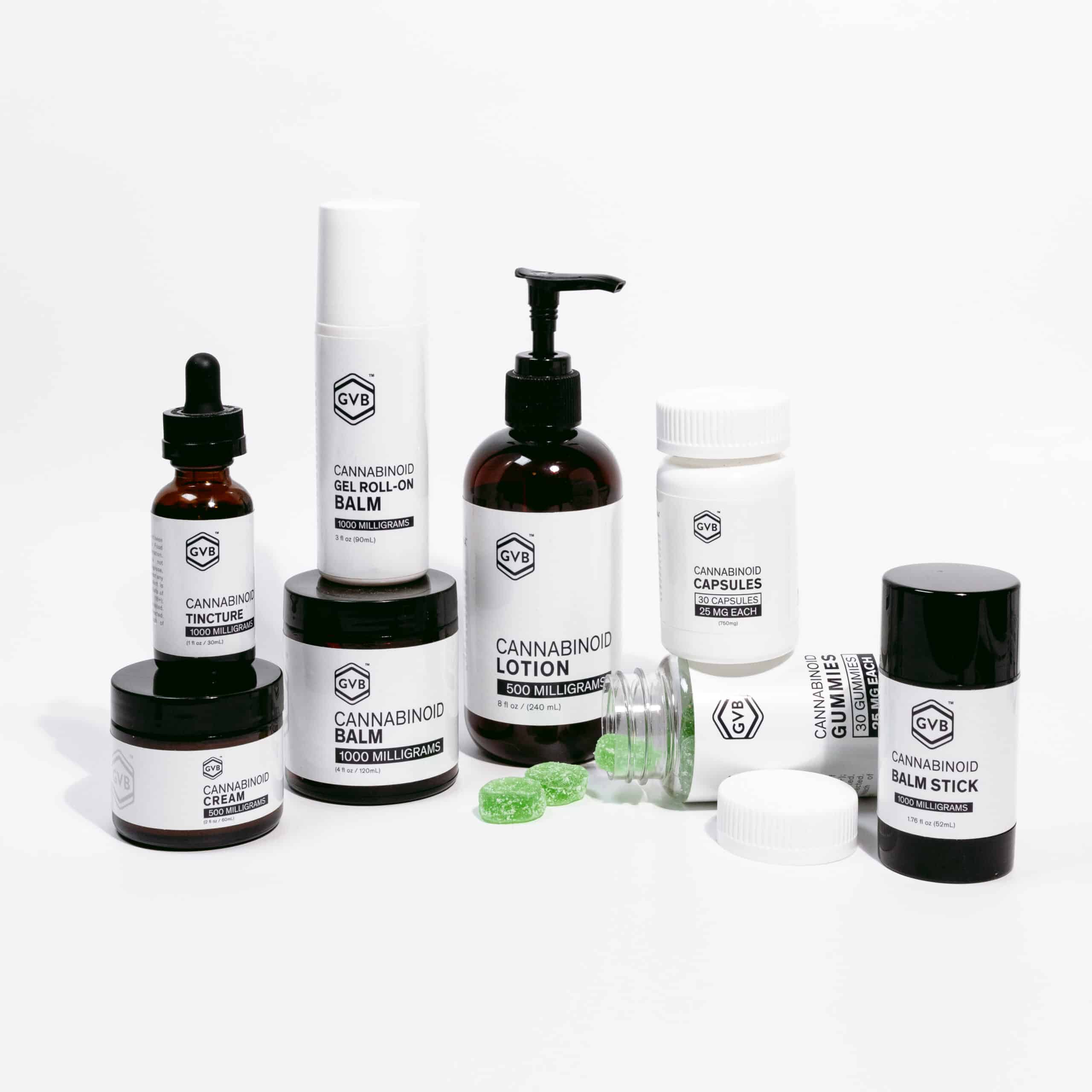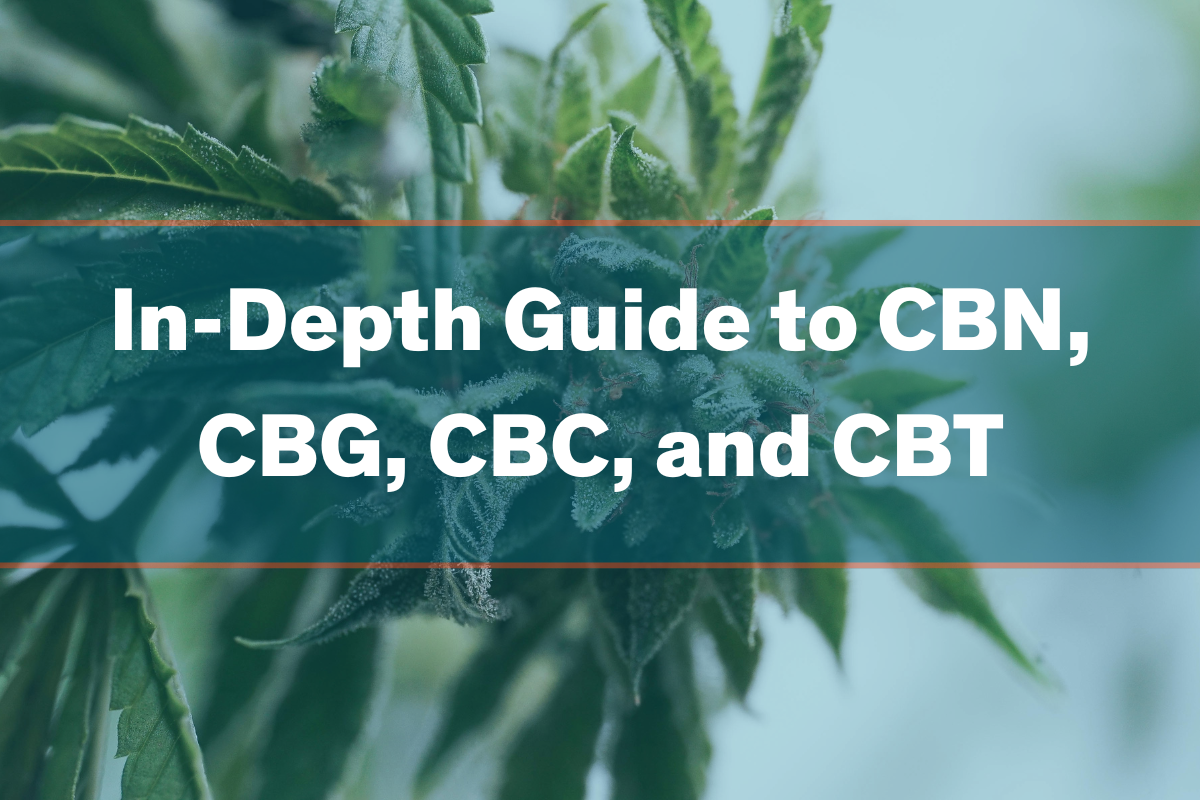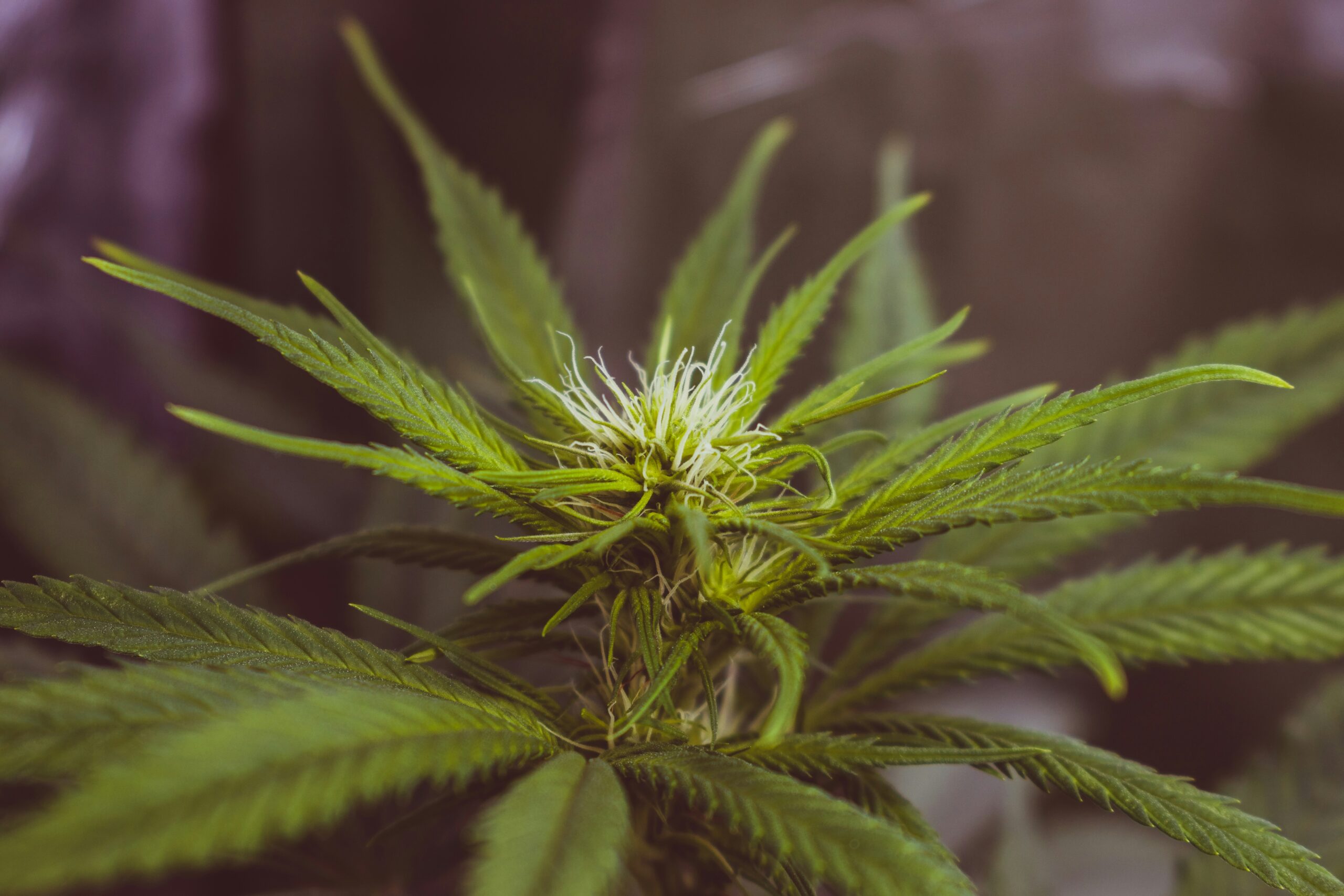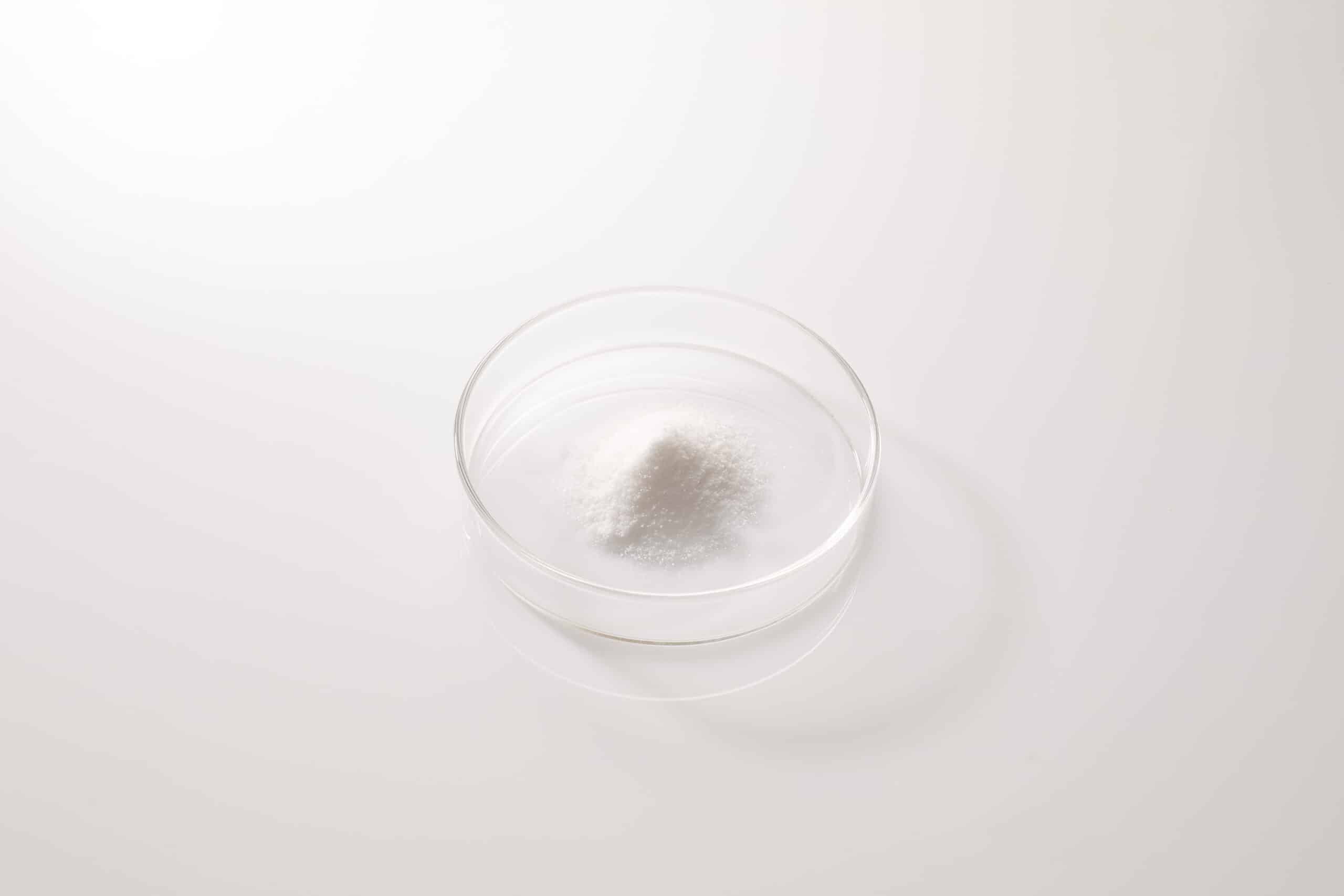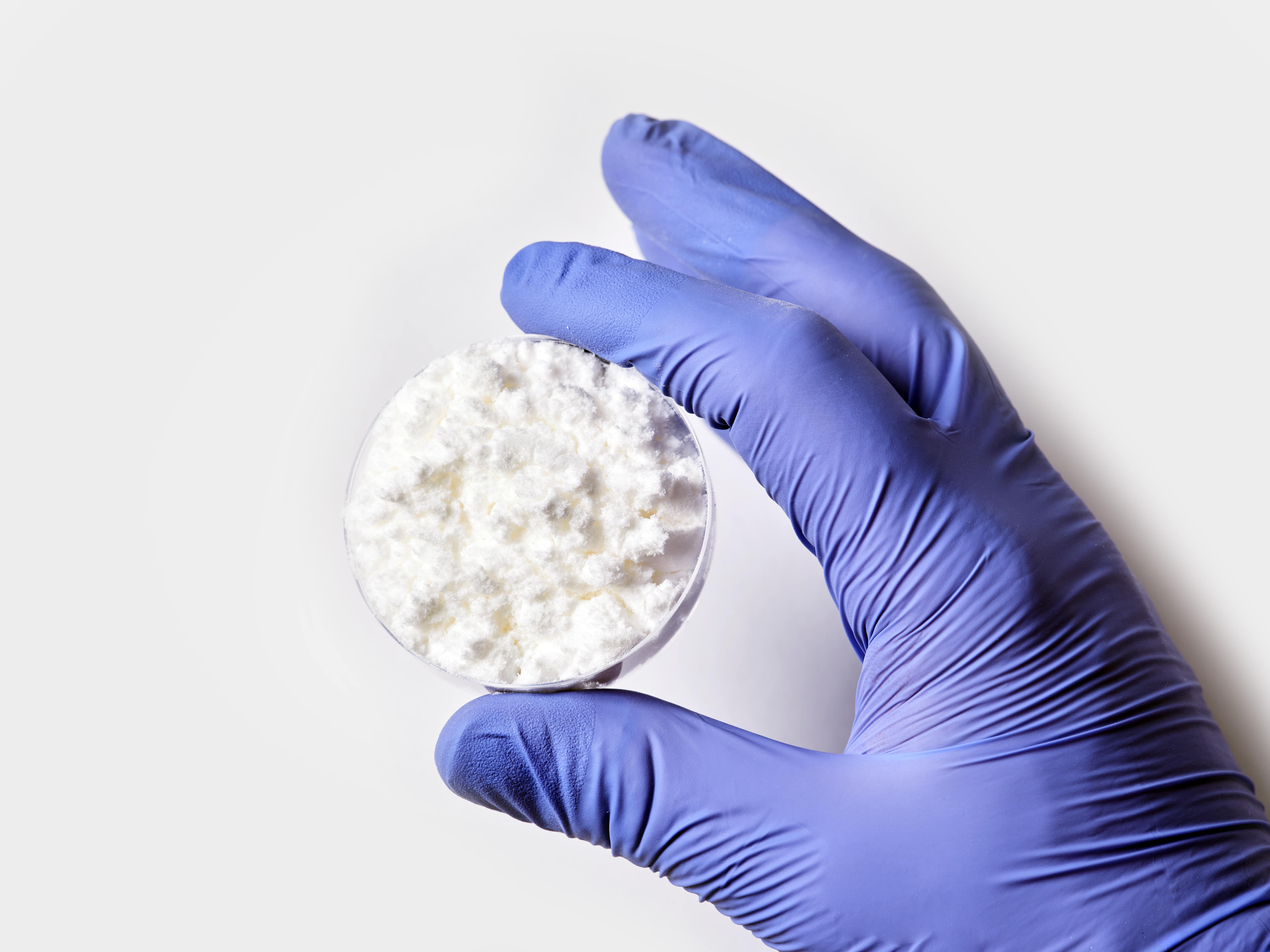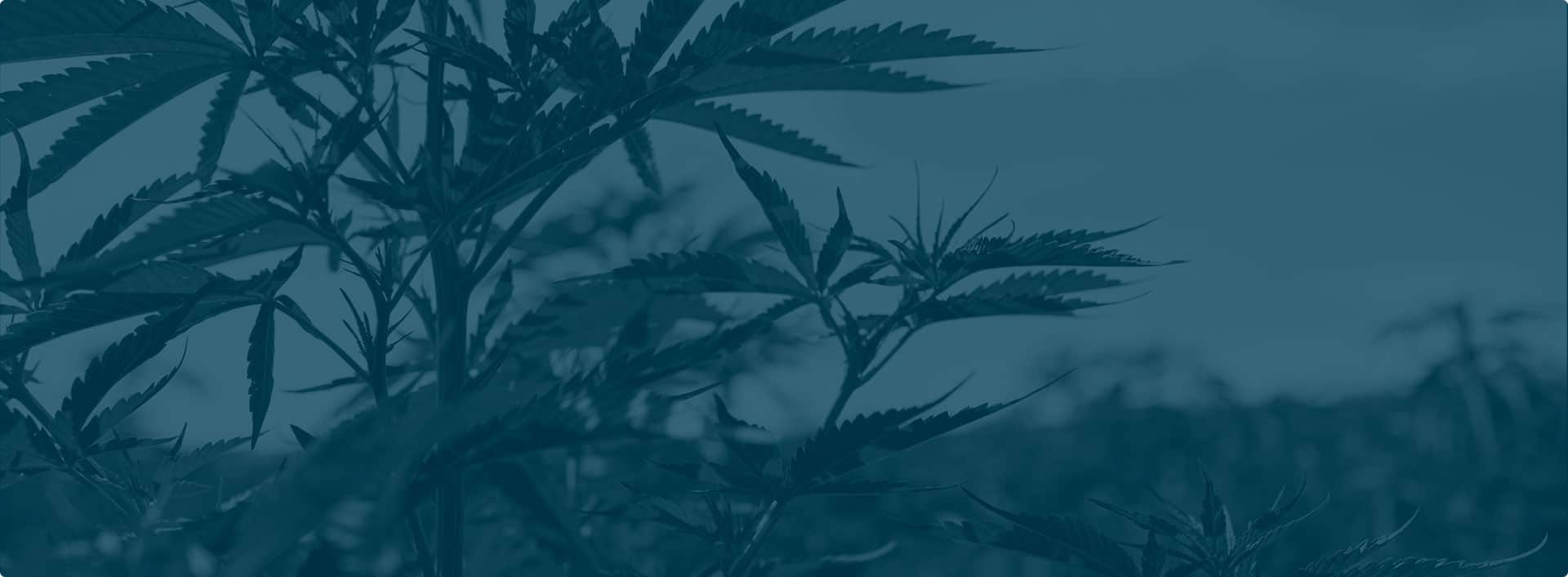Hemp biomass may not be the most refined hemp product, but it certainly has its uses. As one of the cheapest types of hemp products to cultivate, biomass has quite a few nutraceutical, industrial, and even culinary applications. In this guide, we’ll examine the top 5 most notable uses of hemp biomass, and we’ll answer common hemp biomass questions.
What is hemp biomass?
Hemp biomass is a low-potency combination of outdoor-grown cannabis stalks, leaves, and buds that are usually ground together. High-potency hemp is not usually used to make biomass—instead, this wholesale hemp product is usually composed of mass-produced outdoor hemp and can be valuable for commercial products.
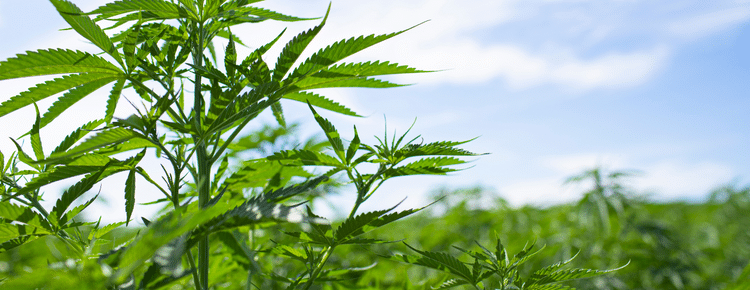
CBD biomass vs. fiber biomass
In the hemp biomass industry, a distinction is often made between CBD biomass and fiber biomass. CBD biomass is hemp biomass that is used for CBD extraction and fiber biomass is used for its fiber content only.
Fiber biomass doesn’t contain enough CBD to be usable for extraction. The buds that fiber biomass hemp plants bear are disregarded, and the whole crop is industrially harvested and processed.
What can you do with hemp biomass? 5 options
CBD and fiber biomass both have a variety of impressive uses. Here are the top 5 ways you can use hemp biomass profitably and efficiently:
1. Can you extract cannabinoids from hemp biomass?
Yes, CBD-rich biomass, commonly called “CBD biomass,” is often used as a source of the non-intoxicating hemp cannabinoid cannabidiol (CBD). Hemp crops considered to be biomass-grade can contain anywhere between 5-15% CBD, which is more than enough to be usable for extraction.
CBD extracted from biomass varies in grade based both on the quality of the plant material and the techniques used by extractors. Some biomass-extracted CBD rivals the quality of the best pure-bud extracts, but CBD extract derived from biomass can also be low-quality if sourced from the wrong supplier. If the starting material isn’t graded high enough to be used for better-quality extracts, CBD biomass can always be used to make CBD isolate, an ultra-purified type of CBD extract consisting solely of the cannabidiol molecule.
2. Is hemp biomass a good source of terpenes?
Depending on its grade, hemp biomass can be a reasonably good source of terpenes even if it doesn’t bear usable quantities of CBD. All hemp flowers naturally contain some concentration of terpenes, but outdoor plants express lower concentrations of these aromatic plant oils, and the terpenes they do express are more prone to damage. As a result, hemp biomass is not an especially popular source of terpenes, but extracting these aromatic oils from biomass is technically possible.
3. Can you use hemp biomass for fiber?
Yes, hemp biomass is an excellent source of fibers that can be used for a variety of purposes including:
– Textiles
– Paper
– Insulation
– Building materials
– & more
Hemp biomass can be used as an excellent source of fiber regardless of its grade. Used as a source of strong, durable fiber for millennia, hemp is unlikely to lose favor as a fiber crop any time soon.
4. Can hemp be used for energy?
Yes, it is possible to derive usable quantities of energy from hemp biomass. Like corn, it’s possible to use the entire hemp plant to make ethanol, and hemp seed oil can be used to make biodiesel¹. At this point, the global capacity to use hemp for energy production is minimal, but since this hardy plant grows well in practically any environment, some clean energy advocates believe hemp could someday become a major source of renewable fuel.
5. Can you make hemp into building materials?
Yes, hemp fiber derived from biomass is used to make a variety of different low-cost and high-durability building materials². Hemp fiber is a great source of insulation, for instance, and it’s possible to combine hemp fiber with simple materials to make hempcrete, a remarkably strong form of plant-based concrete. Production of renewable building materials is a great way to use low-grade hemp biomass that would otherwise be discarded as a waste product.
Hemp biomass FAQs
Now that you know the best ways to use hemp biomass, let’s finish up by answering common hemp biomass questions:
How many ways can you use hemp?
It’s estimated that you can make up to 25,000 different products using the hemp plant³. Hemp flower and cannabinoid extracts are among the most popular hemp products, but some examples of the myriad of additional products you can make with hemp include hemp seed oil, hemp soap, hempcrete, hemp paper, hemp fiber for textiles, and dozens of other useful items.
How much does hemp biomass sell for?
The price of hemp biomass varies depending on its grade. High-quality hemp biomass with high cannabinoid concentrations, for instance, costs considerably more than low-potency biomass only useful for its fiber. Contact GVB Biopharma today⁴ for an accurate bulk hemp biomass quote.
How do you store hemp biomass?
Hemp cultivation experts recommend that you dry hemp biomass prior to storage in a low-humidity, enclosed area⁴ kept at a steady temperature between 68 and 78 degrees. Then, you can store your dried biomass in airtight containers.
Some hemp cultivators choose to grind their dry biomass prior to storage, which makes it easier to store multiple pounds of biomass in large containers like plastic bags. Glass jars are also commonly used for hemp biomass storage—what matters is keeping your biomass cool and dry in a place that’s not exposed to ultraviolet light.
How long can you store hemp biomass?
Wrapped into bales and encased in plastic, hemp biomass can stay good for up to 6 months⁵. Ground-up and processed into pellets, hemp biomass can still be usable after 18 months. You can also store ground-up biomass in a refrigerator to make it last even longer, but don’t expect any hemp biomass to be usable for more than 24 months after its drying date.
Is farming hemp profitable?
Lots of independent farmers started cultivating hemp after the ratification of the 2018 Farm Bill⁶, but as many family farms learned, hemp is usually only profitable when grown in mass-scale environments. Established hemp producers have developed processes that allow them to continue growing high-grade biomass year after year.
What is hemp used for in food?
Only the seeds of the hemp plant are commonly used for culinary purposes. Hemp seeds contain an abundance of protein and nutritious oils, making them an excellent source of essential nutrients. Commonly processed into oil, hemp seeds contain all the amino acids necessary to compose a complete protein.
Less commonly, some people incorporate the leaves or even the stalks of hemp plants into their dishes. Offering less nutritional benefit than hemp seeds, the other parts of the hemp plant are nonetheless edible, offering endless opportunities for creativity.
How do you use hemp leaves?
Since they do not contain high concentrations of cannabinoids or essential nutrients, there aren’t a lot of ways the average person can use hemp leaves. Along with hemp stalks, though, hemp leaves are a great source of fiber of both dietary and industrial varieties.
Due to their delicate structure and high fiber content, hemp leaves are often used to produce higher-end hemp fiber products like hemp fiber. Hemp leaves and stalks are often combined, however, in industrial hemp biomass applications like insulation and other types of building materials.
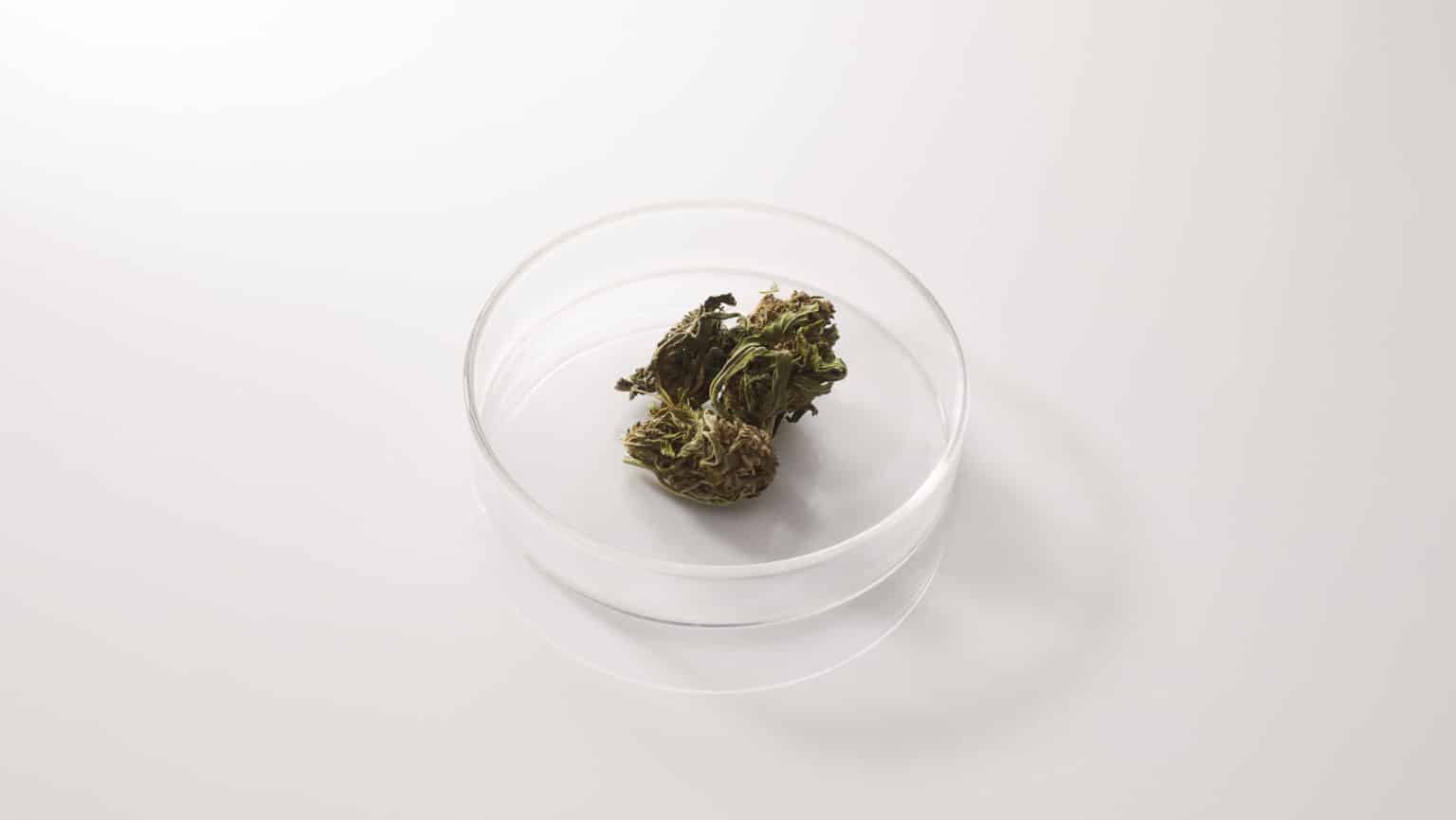
Where can I buy hemp biomass in bulk?
The best way to buy biomass in bulk is to buy it online from a trusted, vertically-integrated hemp manufacturer⁶. The sheer volume of available hemp biomass has exploded in the wake of the 2018 Farm Bill, but biomass varies significantly in terms of quality and value.
Only established operators have the resources and expertise to consistently produce high-quality hemp biomass. As you select the right online hemp biomass seller to fit your needs, look for a company that comes highly reviewed and has impressive certifications and credentials.
How do I know which type of biomass to buy?
As you choose the right type of hemp biomass for your purposes, remember that CBD-rich biomass is only the right choice if you’re planning to make CBD extracts. For other applications, hemp with negligible concentrations of CBD will do. Contact GVB Biopharma today for assistance in selecting the right type of hemp biomass.
Can you smoke hemp biomass?
No, hemp biomass is not usually “smokable-grade” or suitable for smoking. Instead, it is the coarse material either left behind after hemp production concludes or the lowest-grade outdoor hemp, consisting of small buds interspersed with leaves, stems, or even roots. Smoking biomass is strongly advised against unless otherwise directly specified on the product’s labeling.
How much CBD is in biomass?
Biomass generally contains between 5-15% CBD, depending on the grade. High-grade biomass is the most ideal for extraction, but it understandably costs more than low-grade hemp material due to its high cannabinoid concentrations. Always ask how much CBD is in your biomass before making a purchase. Only biomass with 10%+ CBD concentrations can command a high price in today’s market.
How much is hemp biomass per pound?
The price of hemp biomass per pound varies depending on the grade, the cannabinoid concentration, and a variety of other factors. Expect to pay less than you would for smokable-grade flower or processed hemp extracts. In most cases, biomass is the cheapest type of cannabinoid-rich bulk product you can buy.
What are hemp biomass pellets?
In some cases, hemp biomass is offered in the form of condensed, pressed pellets, which are easier to store and transport. Some cannabinoid producers prefer hemp biomass pellets due to their increased portability, but they are also more expensive due to the labor that goes into their production.
If you decide to purchase hemp biomass pellets, make sure to determine their exact cannabinoid concentration ahead of time. You want to be certain that the increased cost of receiving hemp in pellet form closely correlates with improved concentrations of cannabinoids per volume. Contact a client care representative if you have any further questions regarding available hemp biomass product types.
Sources
- 1. Prade, T. (2014, January 2). Is industrial hemp the ultimate energy crop? The Conversation. https://theconversation.com/is-industrial-hemp-the-ultimate-energy-crop-20707
- 2. Not Just a Pipe Dream: Hemp as a Building Material. (2019). Engineering.Com. https://www.engineering.com/story/not-just-a-pipe-dream-hemp-as-a-building-material
- 3. Yonavjak, L. (2013, August 9). Industrial Hemp: A Win-Win For The Economy And The Environment. Forbes. https://www.forbes.com/sites/ashoka/2013/05/29/industrial-hemp-a-win-win-for-the-economy-and-the-environment/?sh=26efb1c3289b
- 4. Sandy, E. (2020, November 10). How to Handle Post-Harvest Storage Efficiently and Safely. Hemp Grower. https://www.hempgrower.com/article/hemp-post-harvest-storage-efficiently-and-safely-drying/
- 5. Drotleff, L. (2021, December 18). Holding on to Hemp. MJBizDaily. https://mjbizdaily.com/hemp-processing-and-storage-techniques-that-are-essential-for-business/
- 6. Hemp Production and the 2018 Farm Bill. (2019, July 25). U.S. Food and Drug Administration. https://www.fda.gov/news-events/congressional-testimony/hemp-production-and-2018-farm-bill-07252019

